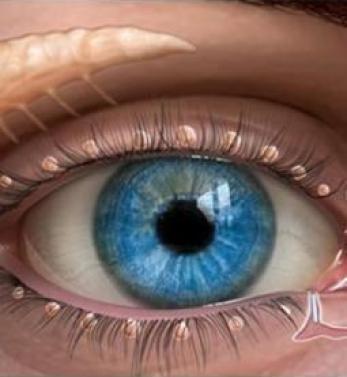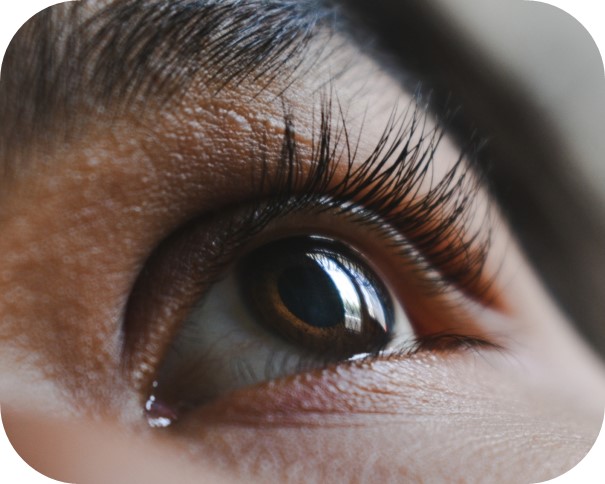





Although this situation does not seem very serious in terms of health, it is a problem that negatively affects the quality of life. Those who have this problem have to wipe their eyes constantly with a handkerchief and explain to curious eyes that they do not cry.
If the eye watering is due to the obstruction of the tear ducts, the patients are faced with the risk of a severe inflammation of the sac with a rate of 5% per year and the lower lids to turn outward (ectropion) as a result of improper wiping of the eye for years. Watery eyes become susceptible to infection and allergic eyelid disorders. Inflammation and swelling of the sac, if not treated appropriately, may result in the spread of the infection to the eye and surrounding tissues and even to the brain.

How to Understand that Eye Irrigation is Caused by Canal Occlusion?
The person with eye watering should first be examined by a specialist ophthalmologist. After a routine eye examination, if the doctor suspects duct obstruction, he washes the tear ducts with clean water with a simple procedure, lavage. He asks the patient if there is water in his nose. During this procedure, he understands whether the obstruction is in the thin canals of the eyelids or in the sac, and gives detailed information to the patient about this. If obstruction is detected, surgery is recommended to the patient.
Which Surgery is Preferred for Eye Irrigation?
Operations performed in patients in whom the tear sac (lacrimal sac) and/or tear duct (lacrimal duct) that allows the tears to flow into the nose are blocked for various reasons are called DSR (dacryocystorhinostomy) surgeries. These surgeries are classically performed through the skin with an incision of 1-1.5 centimeters, as well as through the nose without stitches or incisions. DCR surgery is a successful surgery between 92-95%. In this surgery, a silicone tube is placed in some patients to prevent re-narrowing after surgery. A silicone tube is routinely placed in patients who have undergone previous DCR surgery and failed. Stitches are usually removed after 7 days. If an aesthetic suture has been taken, there may be almost no scars after 3 months. If the silicone tube is placed, it is taken back with a simple operation after 2-3 months.
Surgery Preparation Period
DSR surgeries are usually performed under general anesthesia. Routine blood tests are performed on the patients and anesthesia approval is obtained. If he is using it, he is asked to stop taking blood thinners 1 week before the surgery. On the day of surgery, patients come on an empty stomach and prepare for the operation.
Postoperative Period
Patients can be discharged after 6-8 hours of observation after surgery. During this period, they use ice application, pain relievers and swelling relievers and antibiotic eye drops instead of surgery. It is recommended not to take a shower for 5 days and to avoid heavy exercise for 1 week. After 1 week, the stitches are removed and they can return to their daily life at the end of this period. If a silicone tube is applied, the tube is removed after 2-3 months with a simple procedure. As long as the silicone tube is in the tear duct, it does not cause any discomfort to the patient.

Special Applications Regarding Tears in Adults
Tears may be due to some special reasons other than the obstruction of the tear duct in adults. There are small holes called 'punctum' on the eyelids near the nose. In some patients, the size of these small holes, where the tears first enter the tear duct, may become even smaller and completely covered or inflamed.
Special Applications for Dry Eyes
In patients with severe dry eye who do not respond positively to intense artificial tears and other drug treatments, patients benefit greatly from the plugs that temporarily block the tear duct. With this application, which prevents the already very reduced tears from being thrown into the sac via the punctum, patients benefit from their own tears at the highest level.